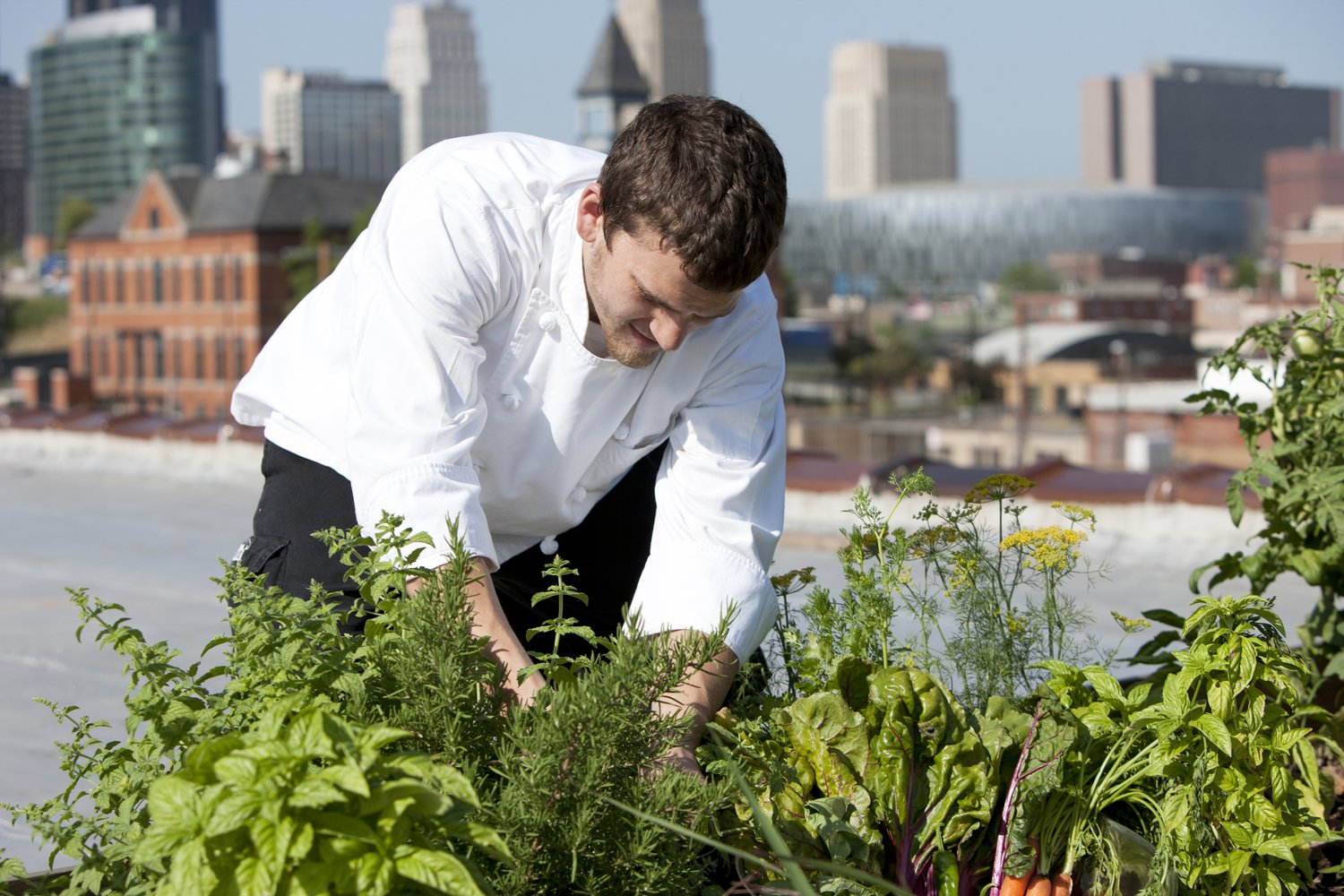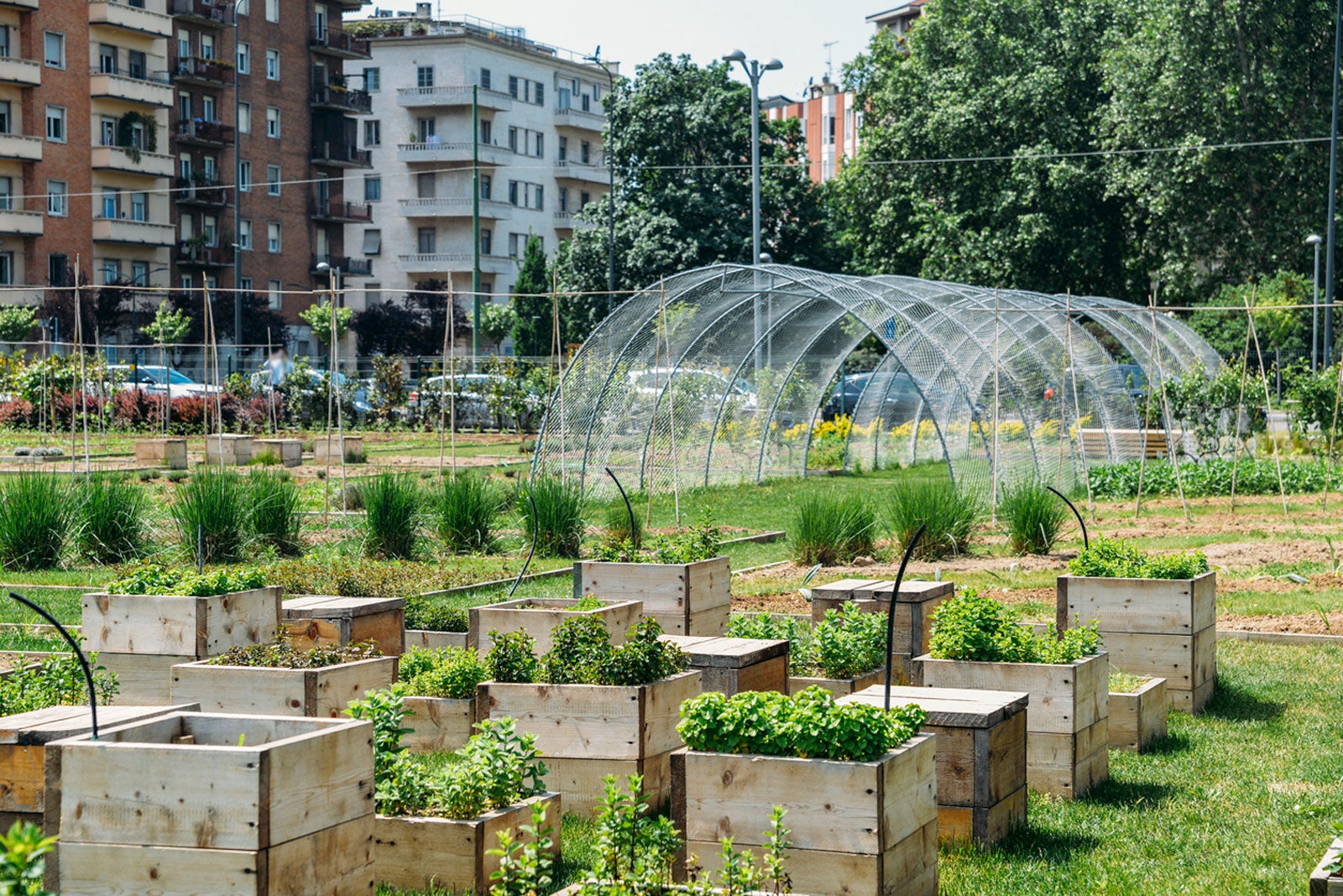How City Blooming can Save You Time, Stress, and Money.
How City Blooming can Save You Time, Stress, and Money.
Blog Article
Getting The City Blooming To Work
Table of ContentsGetting My City Blooming To WorkExcitement About City BloomingSome Known Details About City Blooming Some Ideas on City Blooming You Should KnowFacts About City Blooming Uncovered
Fascinated in expanding food available for sale in the City of Chicago? Considering starting a neighborhood yard? Changes to the Chicago Zoning Regulation permit farming usages like area gardens and urban farms in numerous components of the city. Below is a checklist of regularly asked concerns regarding the policies and regulations that growers must take into consideration when planning an urban farming task.
The zoning change does not change any various other codes dealing with composting, building permits, acquiring or leasing City owned home, company licenses or ecological contamination. There are existing codes that manage these issues and they stay completely effect and might apply to your project. Neighborhood gardens are normally possessed or taken care of by public entities, public companies or community-based companies and kept by volunteers.
Urban farms expand food that is planned to be offered, either on a nonprofit or for-profit basis. As a result of their industrial purpose, city ranches call for an organization permit. Yes. An area garden is enabled to sell excess create that was expanded on site if the sales are accessory or subservient to the garden's primary purpose defined above.
3 Simple Techniques For City Blooming
Composting is enabled however just for plant material that is produced and used on website. The quantity of compost material can not go beyond 25 cubic backyards at any given time according to the requirements in 7-28-715 of the City's Municipal Code. Yes. Since the dirt at a lot of brand-new garden websites needs amending, garden compost, dirt, timber chips, or various other materials can be gotten to construct or enhance the expanding room - sustainable gardening.

If a structure authorization is required then the hoophouse will be taken into consideration an accessory structure. You can figure out more concerning the structure permit demands by contacting the Division of Structures. The 25,000-square-foot size restriction is intended to stop a solitary neighborhood garden from dominating a given block or interfering with the block's existing domestic or business character.
The limit does not put on gardens located in Public Open Area (POS) districts. Can there be greater than one neighborhood garden that is 25,000 square feet on a single block? Yes. The size limit uses to specific yards, not to specific my link blocks. No. Fence is not required, nonetheless, gardens that have large car park areas might be required to set up fence or other landscaping features.
City Blooming Things To Know Before You Buy
B1 & B2 areas call for that all industrial use activities be carried out indoors. Is fence required for urban ranches? Fences may be needed, along with landscape design and testing, for specific car parking locations and exterior work or storage locations depending on area and the particular task taking location.
Yes. Urban ranches call for structure permits and zoning authorizations prior to construction. Other kinds of city review may be called for relying on specific frameworks, activities, dimension, landscape design, licensing, public health and stormwater management issues. A number of these needs are determined in the project layout or permitting process, however, the candidate may be responsible to independently recognize certain licenses or permits that may be required.
Yes. The kind of certificate is figured out by what is taking place at the website. The Division of Service Affairs and Customer Protection can aid figure out the particular kind of service license that's required. Yes. Off road auto parking is required for many industrial projects in Chicago. The needed variety of car parking spaces is based upon the number of workers dealing with site and not the square footage of the growing room.
The Single Strategy To Use For City Blooming

Yes. A metropolitan ranch can market compost material produced on site, nevertheless, the operation needs to conform with the regulations in 7-28-715 of the Chicago Municipal Code. Yes. Aquaponic systems are enabled inside on metropolitan farms in many zoning areas. A zoning evaluation and structure authorization is called for in order to mount structures or systems and a business certificate is required as described above.
Approximately 5 hives or nests of honey bees may be kept as an accessory use. Nevertheless, beekeepers must register with the Illinois Department of Farming. For additional information about the proposed zoning modification you might speak to the Department of Housing and Economic Development, Bureau of Preparation and Zoning at 312.744.8563.
Farming in cities and urban areas A metropolitan farm in Chicago. Urban farming refers to numerous methods of cultivating. https://x3n7gir0m43.typeform.com/to/xy4y6eO6, processing, and distributing food in city locations. The term also puts on the area tasks of pet husbandry, aquaculture, beekeeping, and gardening in a city context. Urban farming is differentiated from peri-urban farming, which takes area in country areas at the edge of residential areas.
Not known Incorrect Statements About City Blooming
, who look for to form social networks established on a common ethos of nature and community holism. These networks can create by means of formal institutional support, coming to be incorporated into neighborhood community planning as a "change community" movement for lasting urban advancement.
Some of the very first evidence of urban farming comes from Mesopotamia.
Report this page